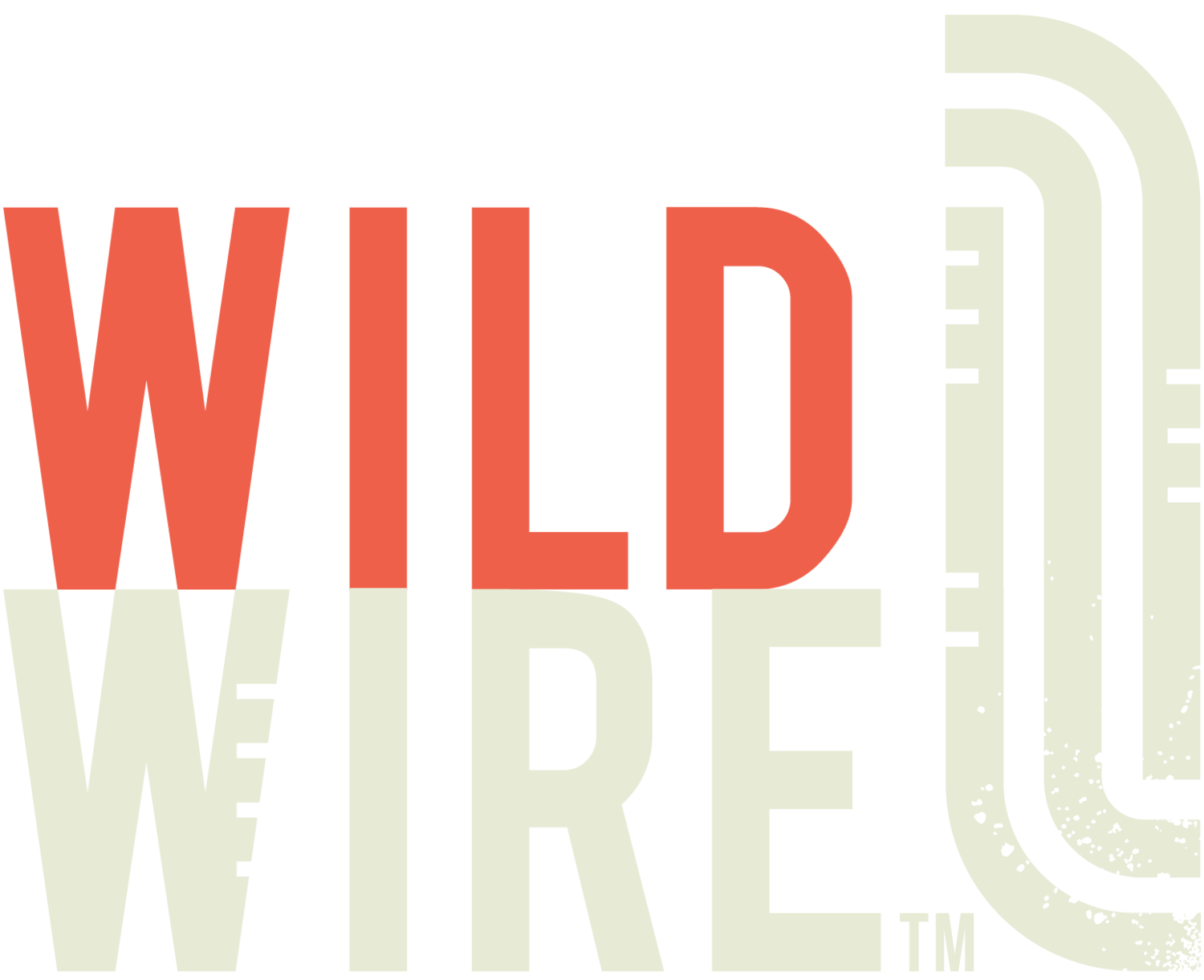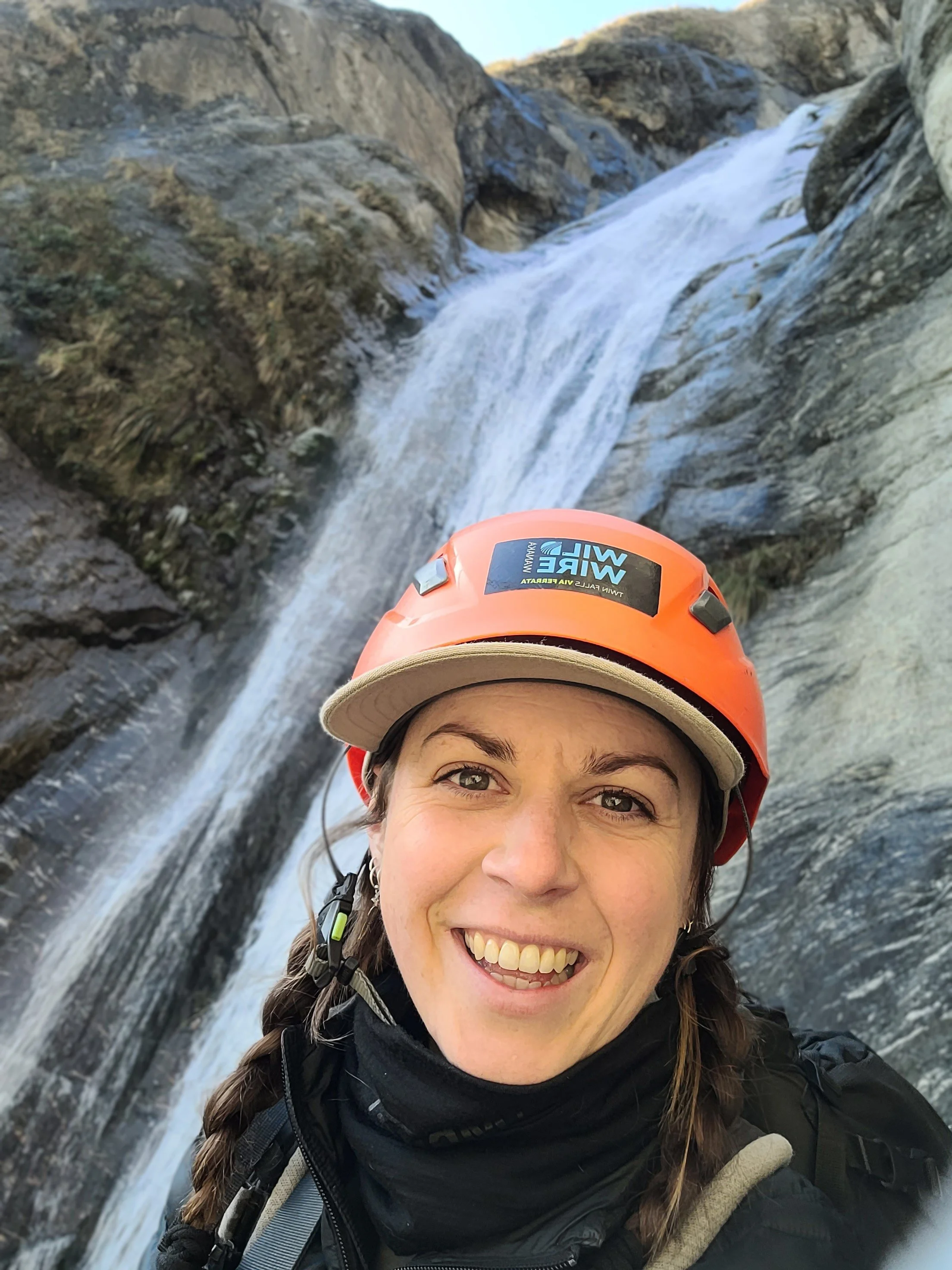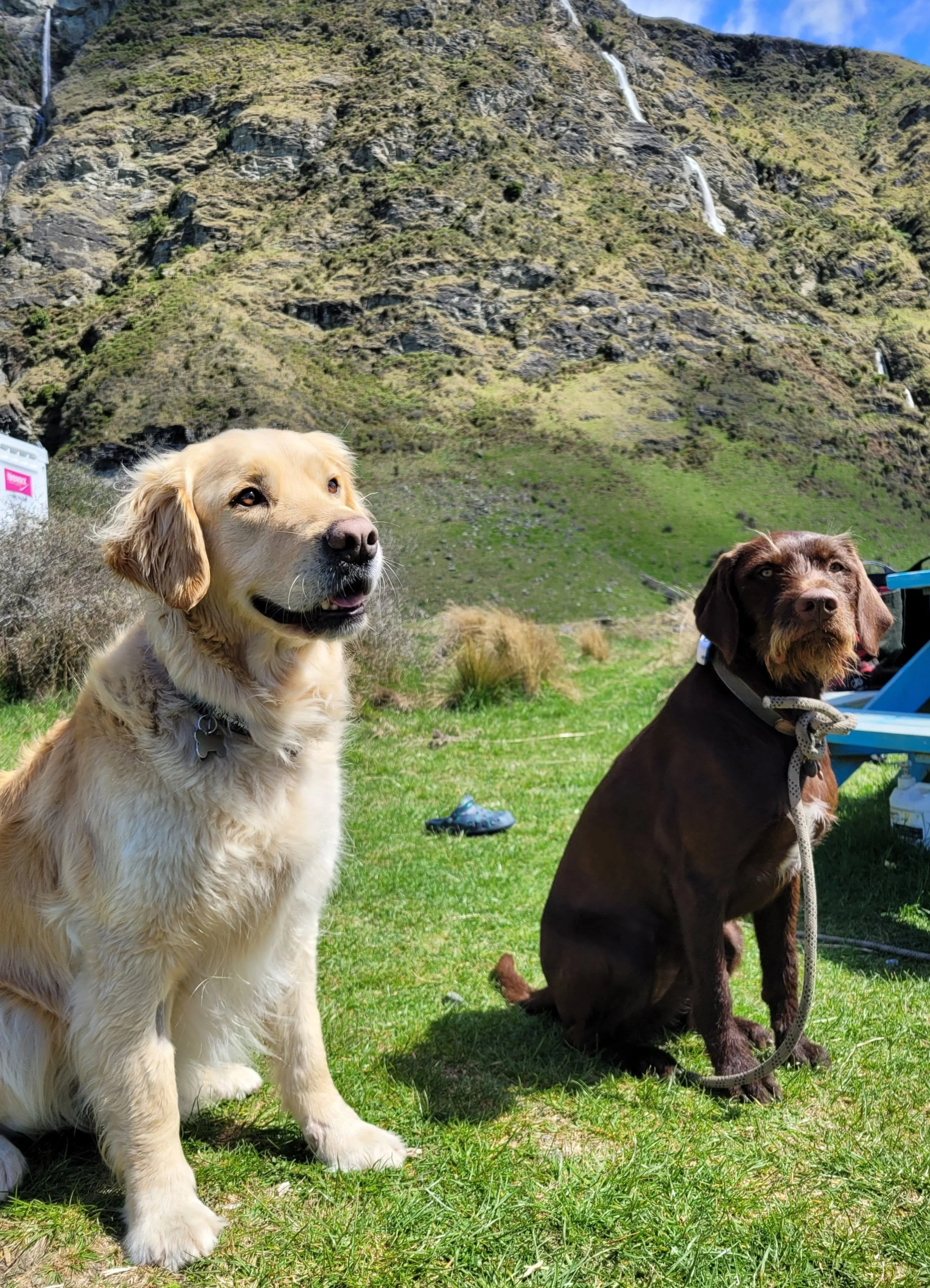
Our Team
Wildwire is more than an adventure. It’s a feeling.
A feeling that comes from a truly amazing experience...one that is created through the dedicated care of our skilled guides.
Our people are at the heart of everything we do and it shows. Discover for yourself why our guests rave about our amazing people!
Cable-Climb/ Via Ferrata - What is it?
The technical name for our cable-climb activity is: via ferrata. This term orignates in Italy. Via means “way or path” and ferrata coming from “ferrous” or “iron”. When you put them together it becomes the “iron path”.
A via ferrata is a climbing path, where climbers attach themselves to a cable that is fixed to the rock along the route, climbers then climb the path on a series of metal rungs, pegs, and ladders. This enables those with no climbing experience to reach remote locations and enjoy places and sights that they might not otherwise be able to experience.
Protected paths and climbing routes such as these have been used for centuries in europe. Villages in the Alps used them to connect to each other and to get to their high pastures. In WWI they were used to help transport troops across steep mountain ranges. They have continued to see use around the world to ease travel in rocky mountainous regions, and in the modern-day have been adopted by alpine clubs, mountaineers, and avid climbers to explore areas that would have been otherwise inaccessible.
We’ve got your back!
All our guides have your back. With 20+ years’ experience, our guides have scaled the world’s greatest heights, led climbers at the base of Everest to the top of Mt Aspiring and almost everywhere in between. ‘Safety first’ is second nature to us, in all respects!
-
We use purpose built Via Ferrata lanyards and carabiners. These are specifically for use in climbing Via Ferrata structures and are thus built to the highest safety standards. You will be taught how to use these properly during your training session prior to your climb.
-
Our helmets are comfortable and adjustable to fit all different sizes. They are sourced from reputable climbing equipment companies which are bound by the highest possible safety standards. All our safety equipment is regularly checked to ensure that you have the best gear available.
-
Please bring at least one day pack per group to carry personal items such as extra layers, water bottles (please bring your own full bottle of water), sunblock, a camera, food, etc with you.
-
Our harnesses are comfortable and adjustable to fit all different sizes. They are sourced from reputable climbing equipment companies which are bound by the highest possible safety standards. All our safety equipment is regularly checked to ensure that you have the best gear available.
-
Make sure you bring a full bottle of water with you. There is no fresh water source at the waterfall. It is important that this bottle is either in a back pack, or clipped securely to your harness while climbing. (Some choose to drink the water from the waterfall but this is at your own risk. Though the water source is a spring, we operate in a working farm and are unable to guarantee it's safety). There are water bottles and clips available for purchase at our office.
-
Please wear sturdy footwear with some tread on it. You can wear running-style shoes or hiking boots - whichever you prefer. The most important factor is having some grip, primarily for the descent. Please, no street shoes and absolutely no open-toed sandals/crocs. Participants with open-toed footwear will not be permitted to climb the waterfall.
-
Our rungs and other equipment have been built to the highest possible safety standards. It has been independently assessed and tested by an engineer and we are audited for safety every 12 months. We have achieved GOLD status for Qualmark which can only be attained with the highest standards nationally.


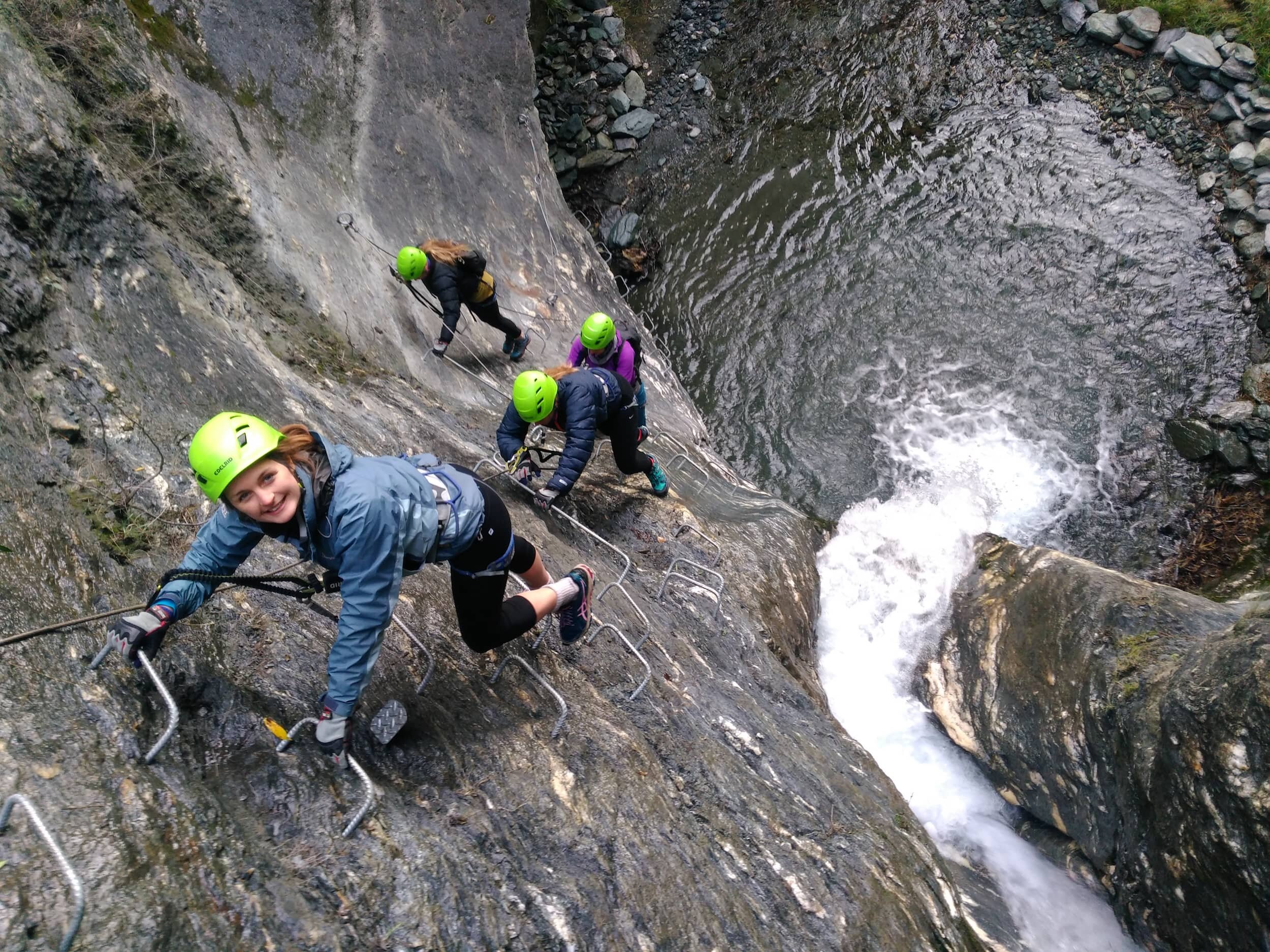
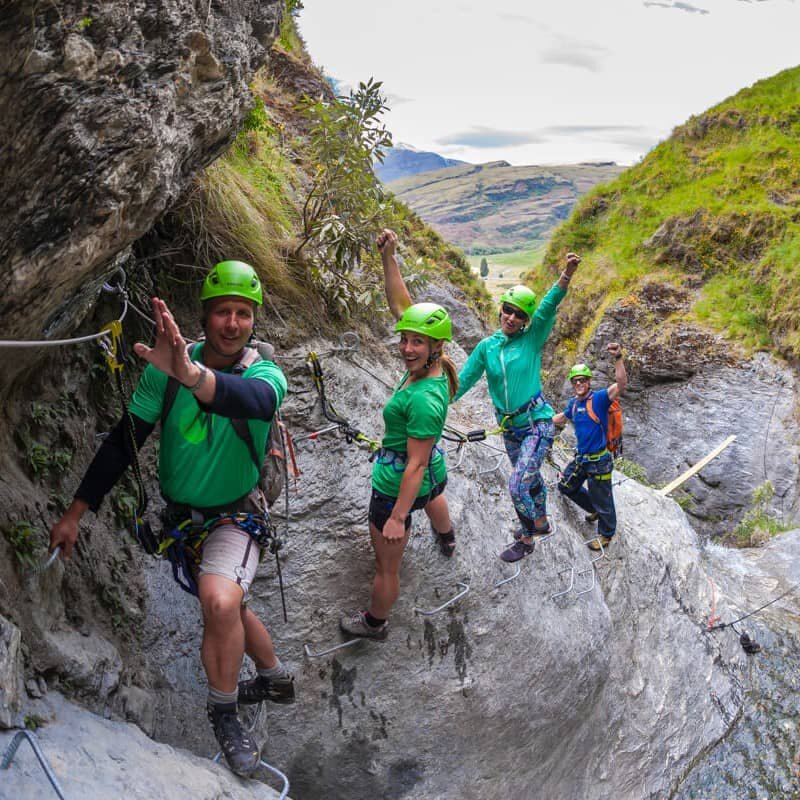
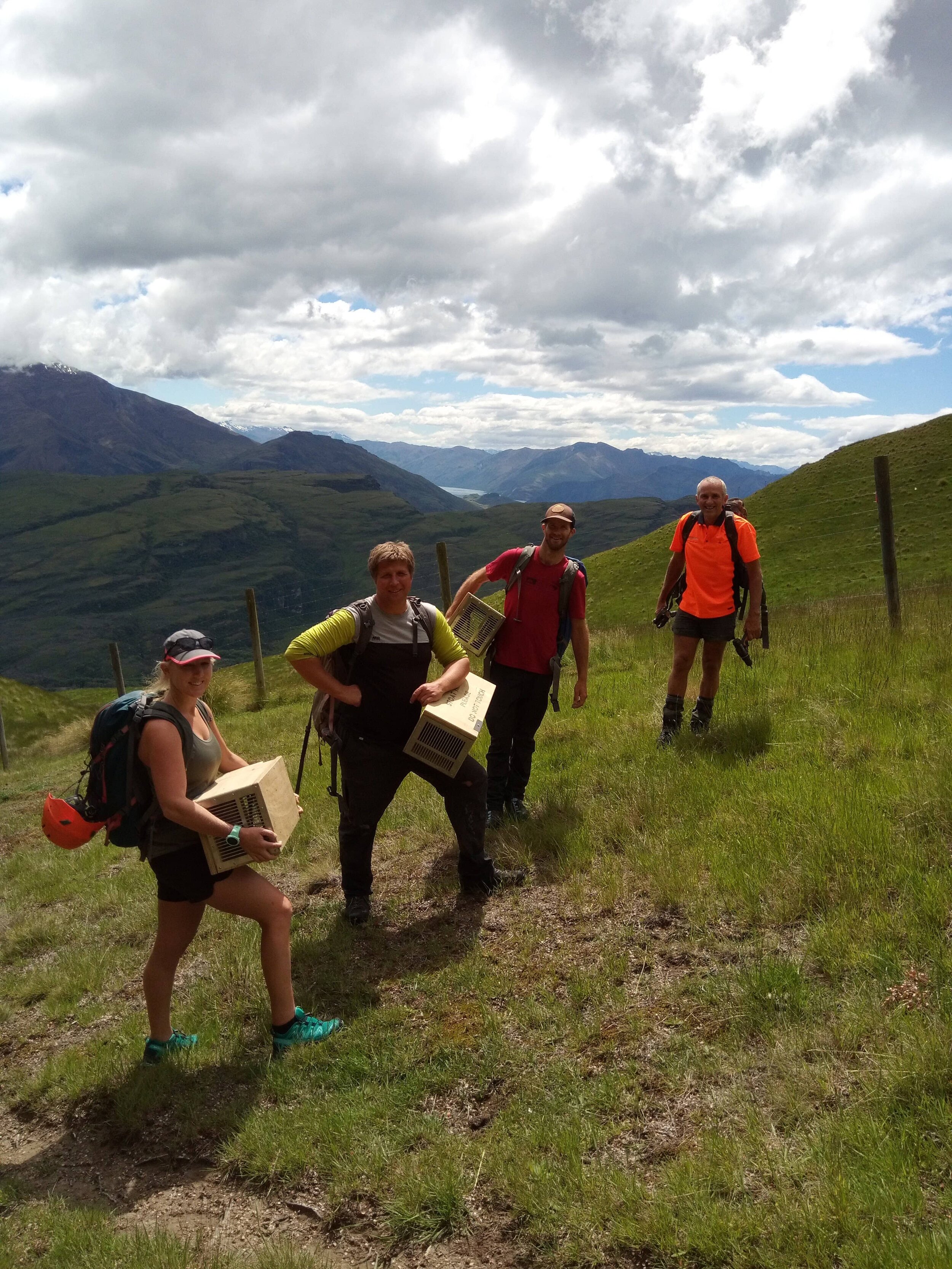
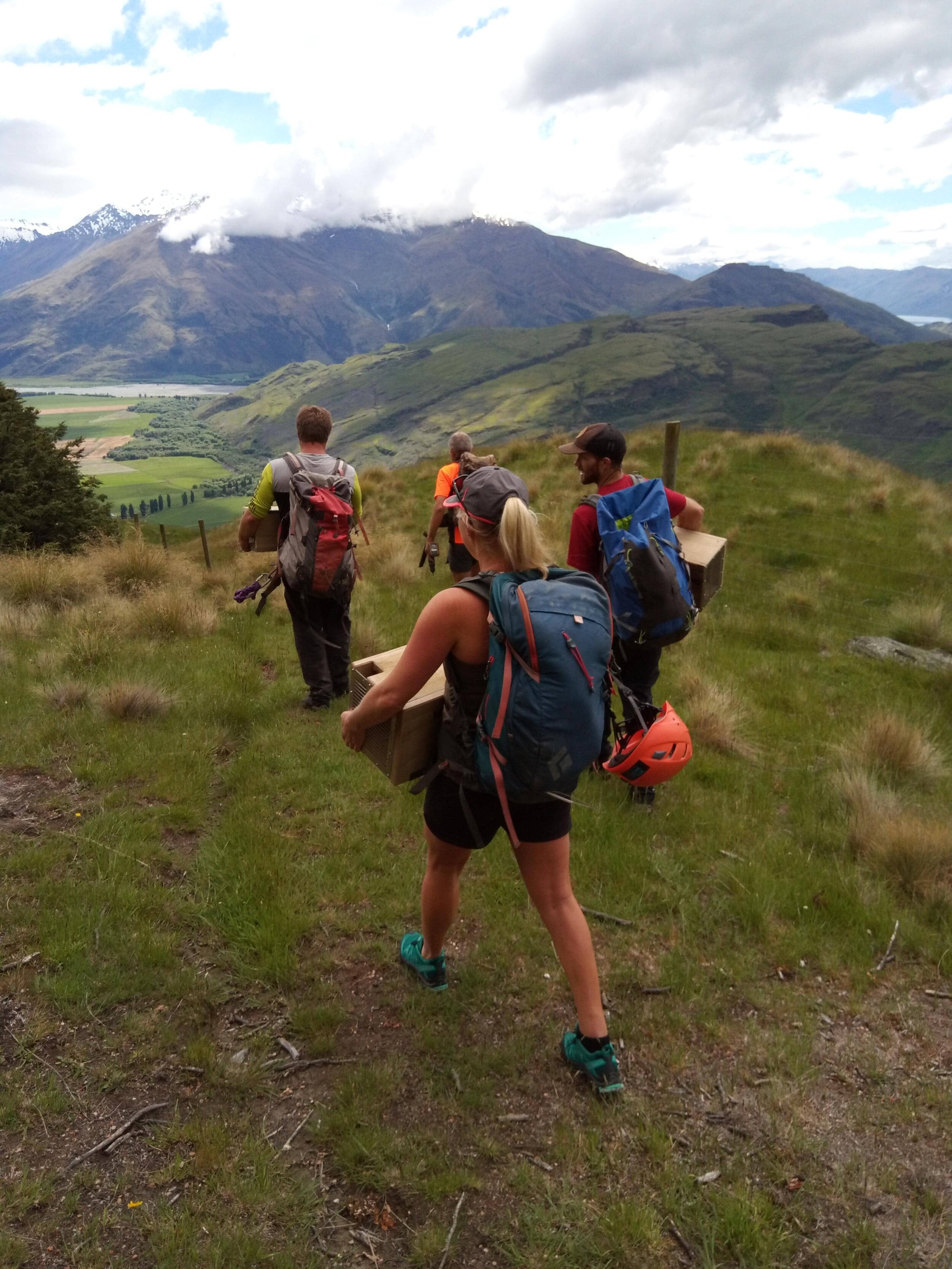

WildWire and Conservation
WildWire Wanaka is dedicated to maintaining the natural integrity of the local environment and is actively involved in predator-free activities.
The threat of predators was identified at the beginning of the 1900s and through the efforts of the Department of Conservation (DOC), TBFree (OSPRI) and regional councils, it has become increasingly better understood and more widely integrated into national practices.
Along with millions of dollars invested by organisations in the battle against mammalian predators, many thousands of New Zealanders have invested millions of hours helping control populations of rats, stoats and possums all over the country.
There are many success stories, but predator populations are still increasing, which means that some native species are declining.
As part of our commitment to controlling predators in our area, and together with the Longview Environmental Trust, we have laid trap lines for stoats and possums. We monitor these regularly to promote the natural growth of the fauna and flora. In 2018 we planted 350 indigenous trees because they are adapted to the local environment, require less water, and provide vital habitat for birds and many other species.
Help us help our environment by reporting any sightings of stoats, possums or rats; please email us: laurel@wildwire.co.nz
